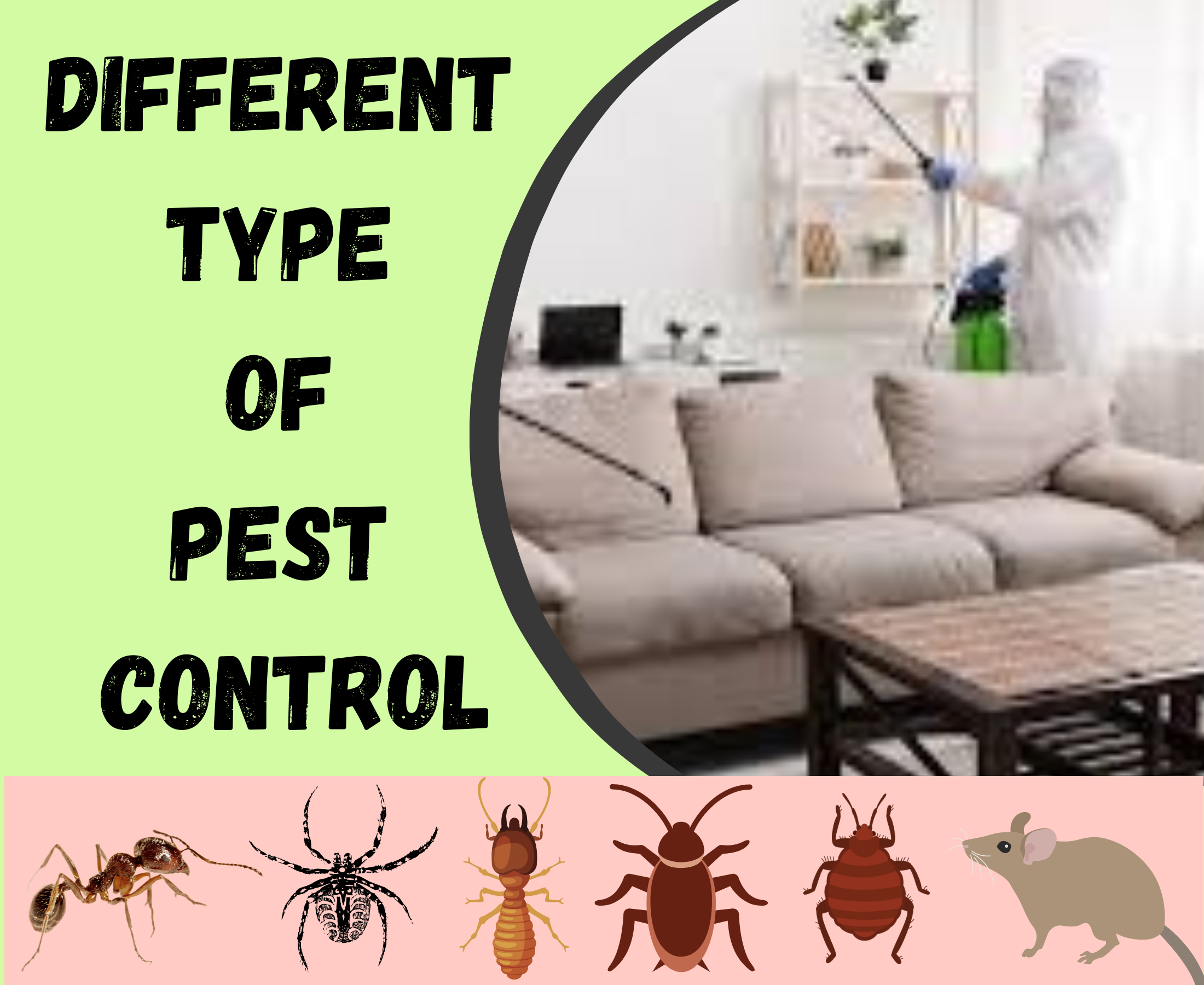The Main Principles Of Pest Control
The Main Principles Of Pest Control
Blog Article
4 Simple Techniques For Pest Control
Table of ContentsThe smart Trick of Pest Control That Nobody is DiscussingAbout Pest ControlHow Pest Control can Save You Time, Stress, and Money.10 Simple Techniques For Pest ControlPest Control Things To Know Before You Get This
Limitations of Chemical Management Be able to assess insect problems, figure out if management is required, and make proper suggestions making use of IPM methods. Be familiar with various techniques of parasite administration - their advantages and limitations.This chapter goes over (IPM), an approach that utilizes knowledge concerning pests and their, techniques, nonchemical approaches, and chemicals to handle parasite troubles. Additional info concerning IPM for details plants is included in phases that focus on those plants. Insects in a garden or landscape might include insects and mites, weeds,, mammals, and birds.
Many individuals rush to draw, hoe, or spray every weed they see. Insects and weeds, however, contribute in the. After planting a garden or establishing a lawn, the natural process of plant succession begins to restore and nonnative plants. A weed expanding in a yard represents the first phase in a sequence of occasions that, if allowed to continue, can at some point result in a woodland.
What we call "pests" are component of an all-natural system at the office. An environment has no bugs. Just people take into consideration particular types parasites when they occur where they are not wanted. We will be extra successful in taking care of undesirable types when we recognize that these microorganisms adhere to foreseeable patterns that we can utilize to our advantage.
Pest Control for Dummies
Insects susceptible to a chemical were promptly killed, leaving resistant ones to reproduce and multiply. It became clear that chemicals alone would certainly not address all bug troubles.
An IPM plan permits some degree of parasites in the atmosphere. Pests are a lot less most likely to endure a program that uses several different methods of decreasing their populaces. Integrated bug monitoring was first recommended by entomologists since bugs were the first team of insects to verify challenging to take care of with chemicals alone.
A threshold is the point at which action should be taken. IPM has expanded beyond insects to administration of all pest populaces: weeds, illness microorganisms, and mammals.
Some Known Facts About Pest Control.
Monitoring as opposed to eradication of bugs is the objective. An IPM plan begins with a mindful examination of each insect invasion. Just after that can one determine about the proper strategies necessary to reduce bug activities. The life process of the bug, feasible damages, all-natural adversaries, and results of climate, among various other aspects, are thought about prior to a control strategy is implemented - Pest Control.
Clover growing in a yard might be considered as an undesirable weed, but as a bean it is synthesizing nitrogen for the soil and the flowers are offering nectar to honey bees and various other. Resistance for some weeds might belong to an IPM plan. may be eating the fallen leaves of a plant, however when they are determined as the larvae of Eastern tiger swallowtail butterflies, their damages might be endured so we can delight in the stunning butterfly.

The second most important tool in parasite administration is very early intervention. Reacting to issues quickly, before they have time to increase, needs a less dramatic intervention.
Everything about Pest Control
Lots of investigate this site secure, practical, nonchemical techniques of plant protection and insect administration may reduce or remove the requirement to spray. Other methods are most helpful when utilized with pesticides. To execute management methods properly and to lessen losses, gardeners need to be mindful of the kinds of parasites that assault plants and understand look at here now pest biology.

Conducting a dirt examination and applying only the suggested amount of plant food and lime makes the most of the benefit to the plant while lessening issues related to excessive use of fertilizer - Pest Control. Covering the dirt with a number of inches of compost safeguards the plant in a number of ways: lowering dirt water loss to evaporation, lessening weed competitors, offering nutrients, and developing an appropriate environment for earthworms and microbes that keep the dirt loosened for origins and break down natural material to release nutrients
If mulch touches the trunk, it can develop a means for voles, germs, and fungis to assault the plant. Do not use manure or garden compost that has actually not thoroughly broken down as a top clothing due to the fact that it can encourage unfavorable parasites. Research study suggests that farming is damaging to dirt framework.
All about Pest Control
If tilling is deemed necessary, think about doing it in the fall when the life cycles of numerous insects brings them near the surface. At the surface area, pests come to be exposed This Site to the climate in addition to birds and other natural enemies. Fall tilling can additionally damage insects in plant residues. Use disease-free and insect-free qualified seeds and plants if readily available.
Report this page